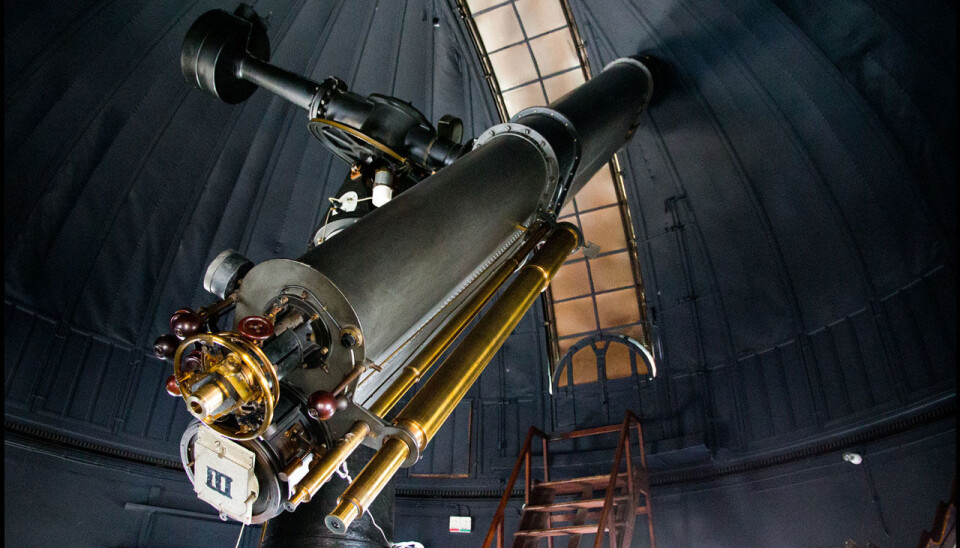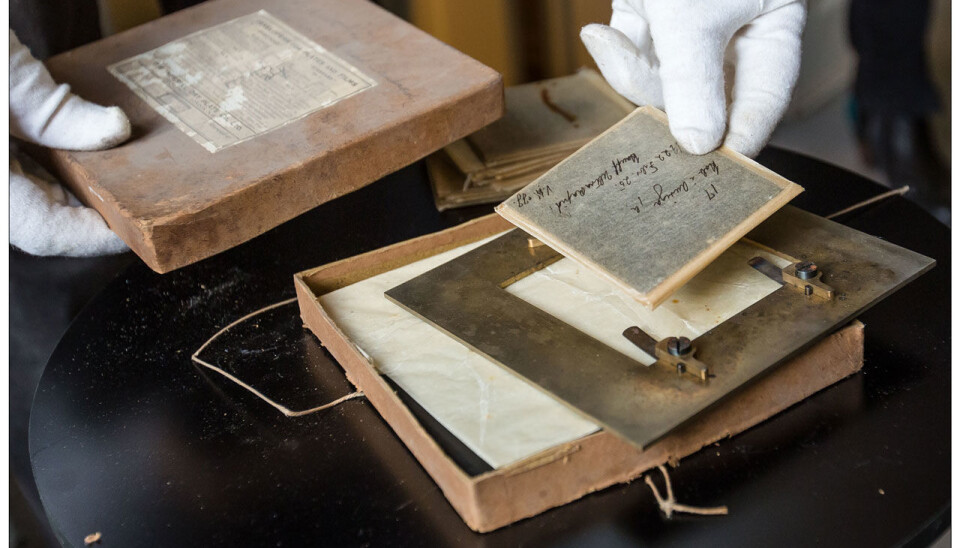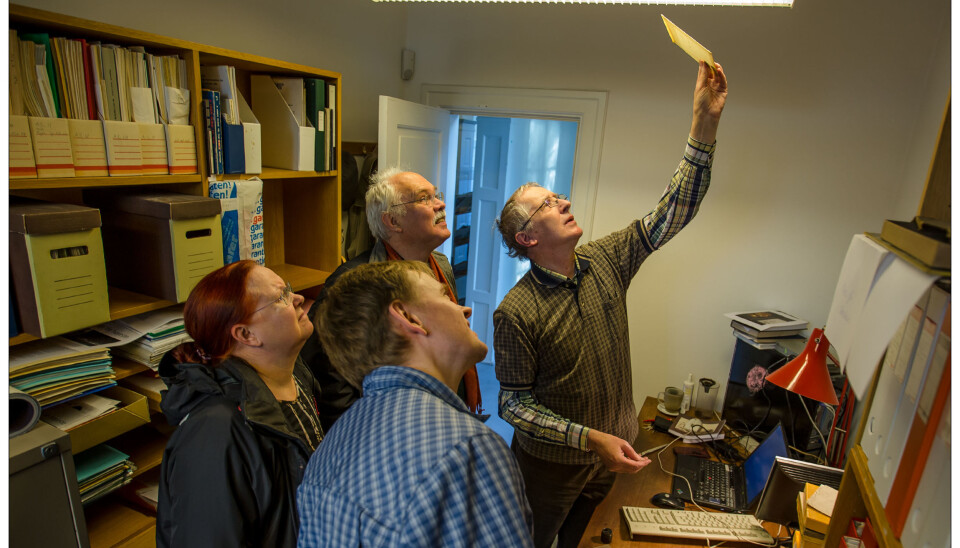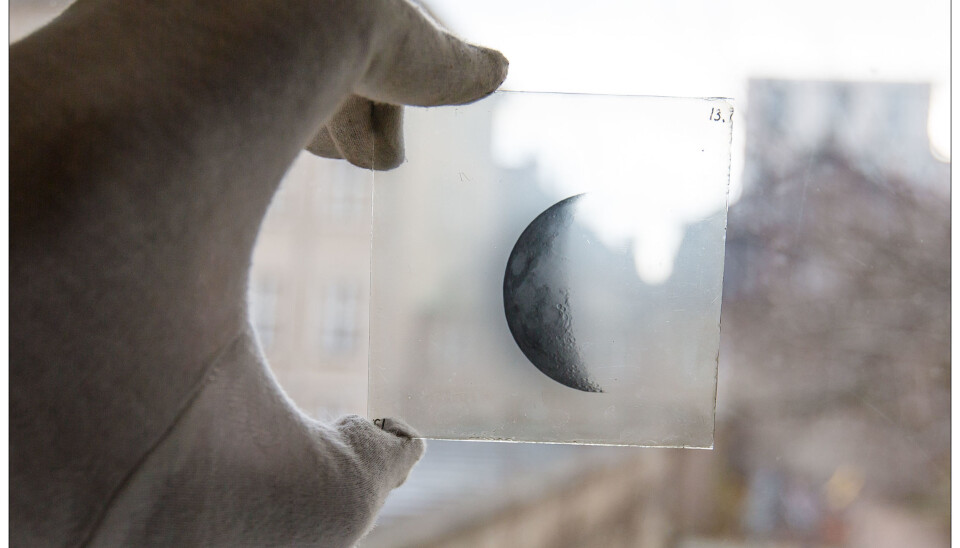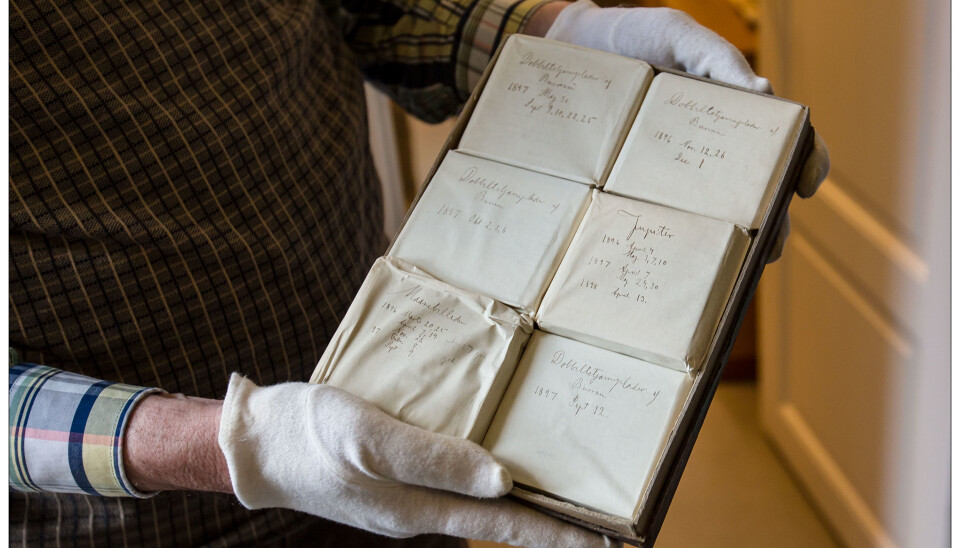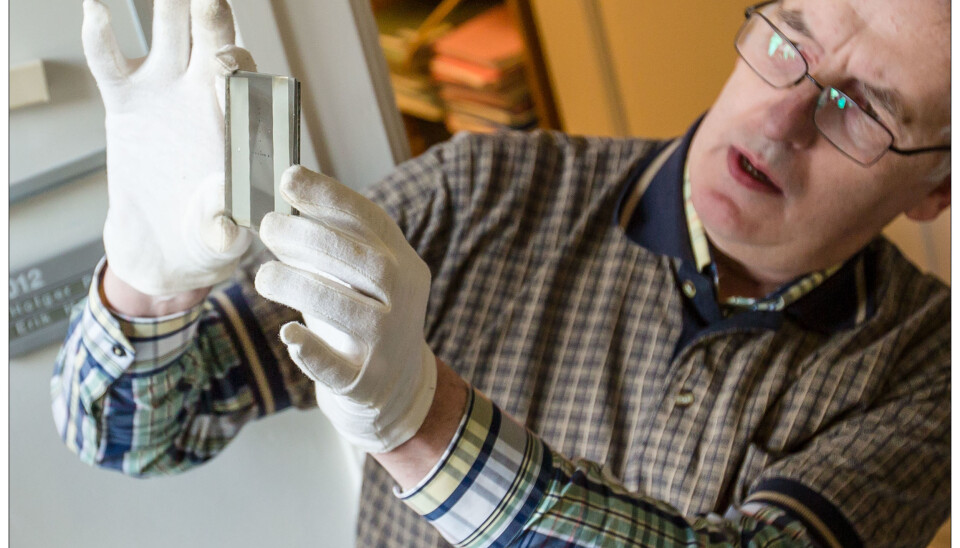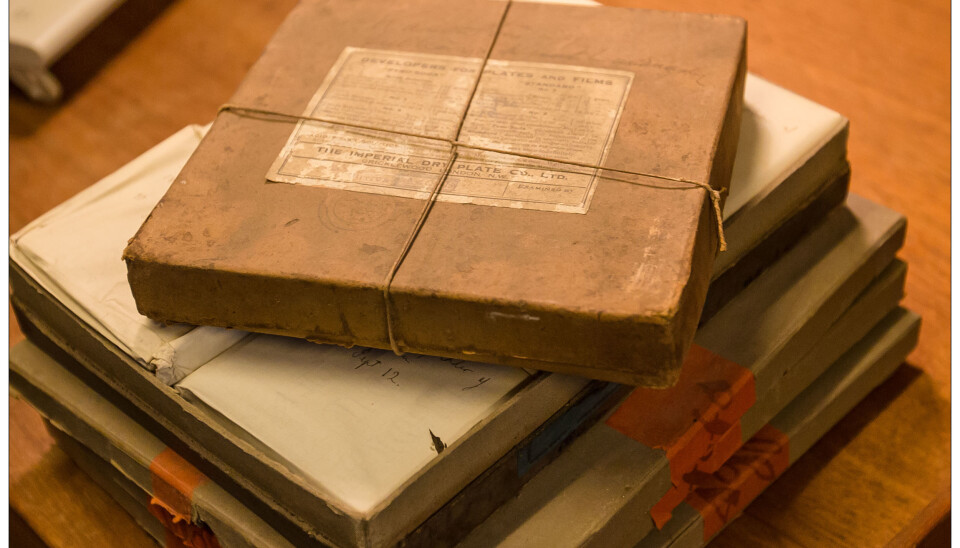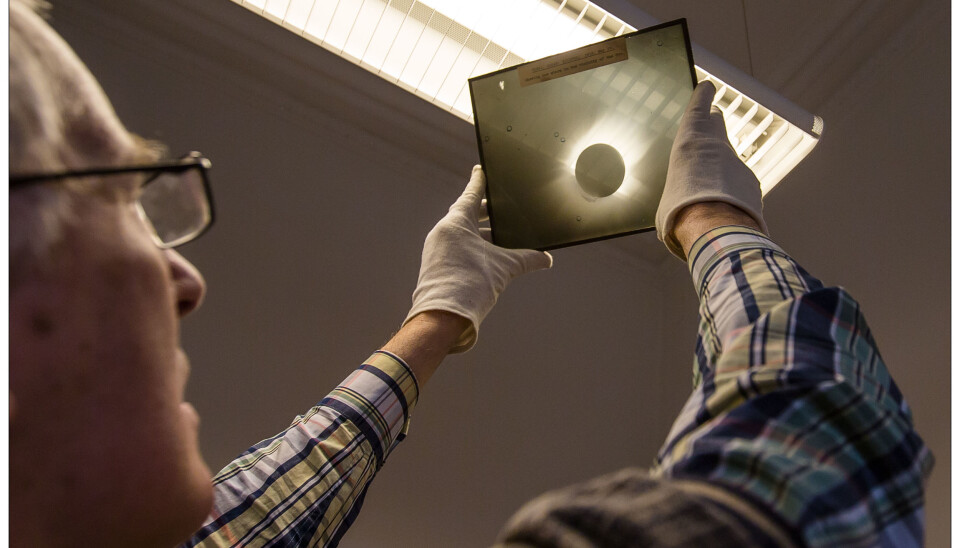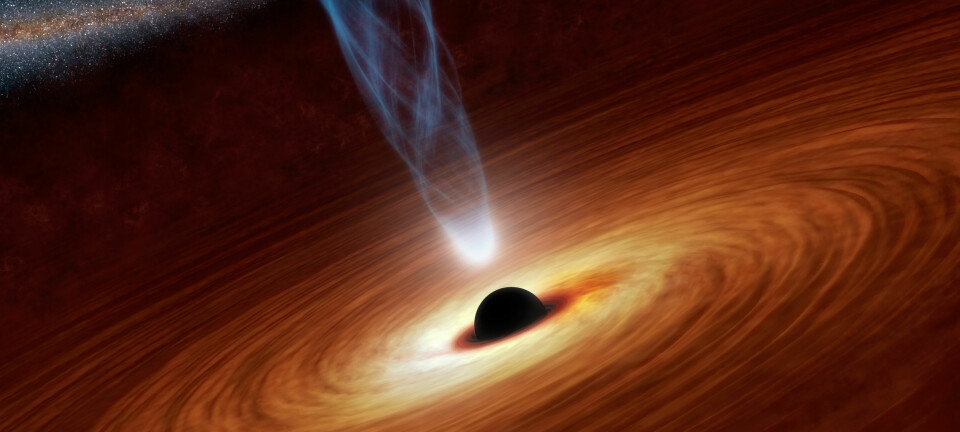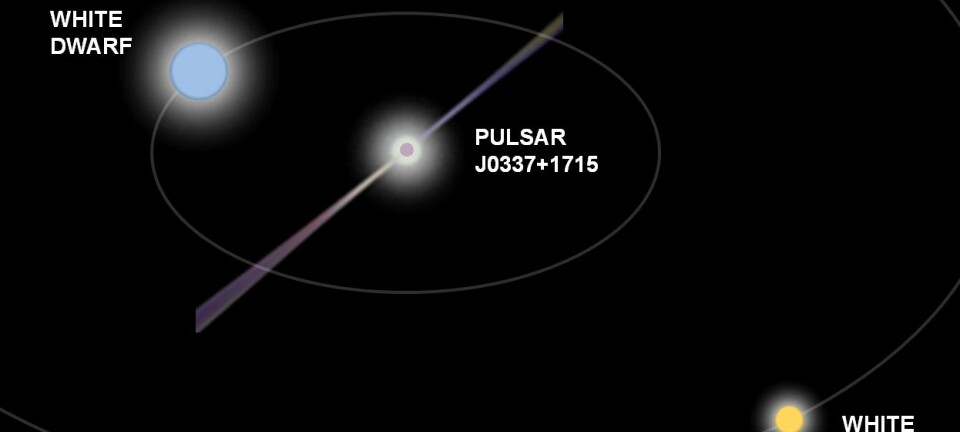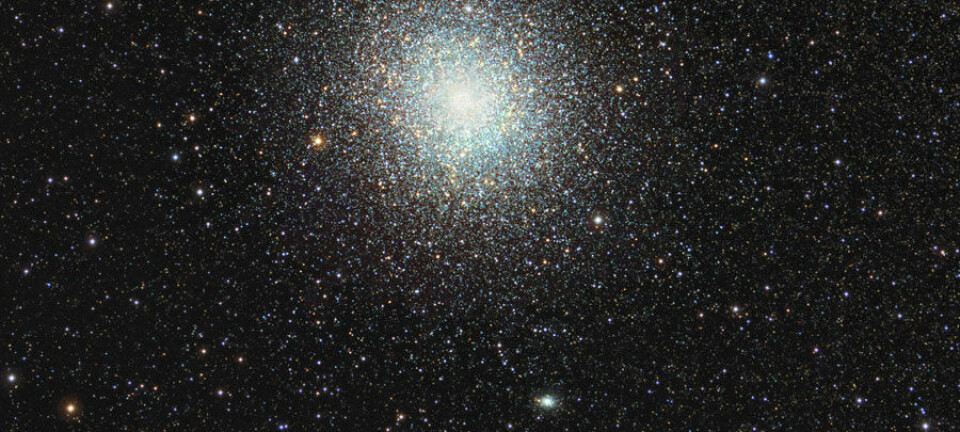120-year-old astronomical photos discovered in basement
Retired astronomer unearths photo of 1919 solar eclipse that helped prove Einstein's general theory of relativity.
The basement under the Niels Bohr Institute in Copenhagen, Denmark, is a treasure trove of forgotten secrets.
It was here, that that retired astronomer, Holger Pedersen, made a surprising find of 120-year-old photographic plates. In among the photos, he found images of Jupiter, double stars, and a historic solar eclipse, according to a press release from the university.
"One day when I went down to the basement to make a cup of tea, I saw some crates from Østervold Observatory. They had been moved there many years ago, when the observatory shut down,” says Pedersen in the press release.
“The crates turned out to be full of cardboard boxes, so I took them up to the office to look at them,” he says.
It was in these boxes that he discovered the rare collection of over 150 photographic plates.
1919 solar eclipse that proved Einstein right
One of the glass plates is particularly interesting to astronomers as it shows the solar eclipse on May 29, 1919, which helped prove Einstein's general theory of relativity.
Einstein put forward the general theory of relativity in 1915. The theory predicts that the Moon's gravity deflects light from distant stars, when the moon passes in front of the sun.
The original photo was taken by the British astronomer Arhtur Eddington in Brazil, in 1919. Whilst the glass plate found in the basement of the Niels Bohr Institute is a copy of the original, it is still considered rare and historically interesting.
Pedersen is now considering seeking funding to get the footage digitized for the Natural History Museum, Denmark.
-------------------
Read the Danish version of this story on Videnskab.dk
Translated by: Catherine Jex
